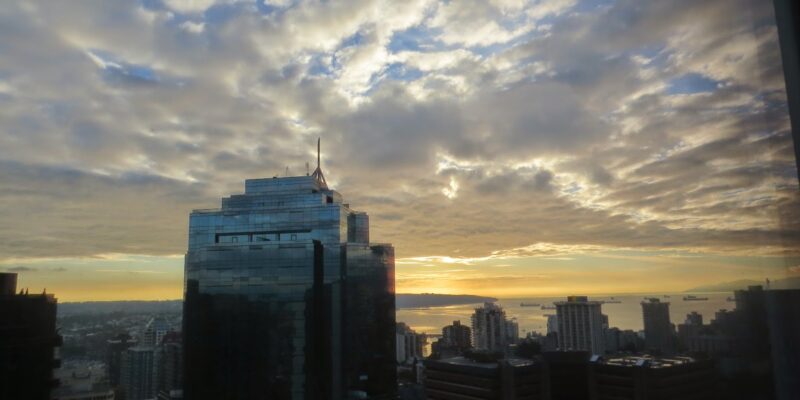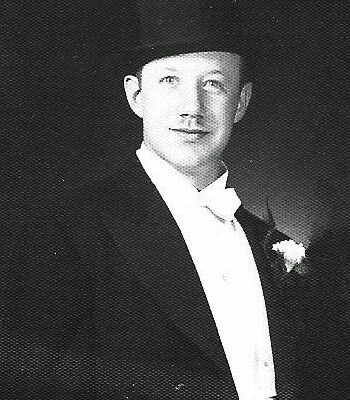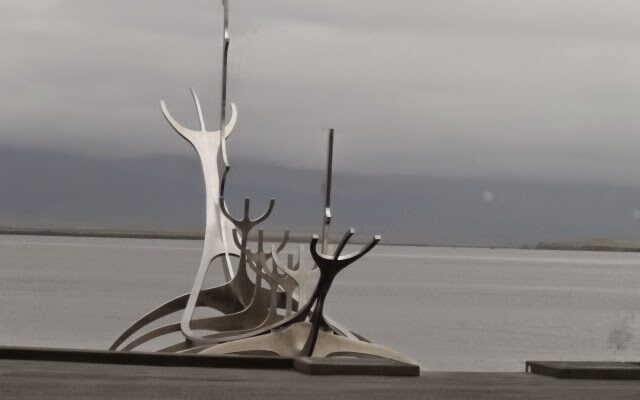
When I realized we hadn’t updated our situation in a week and instead chose to post articles about travel and technology, I knew it was time for an update. In a way, I suppose I was avoiding the topic, especially since we are unsure of what the future holds.
With most testing completed by this Friday, we’ll meet with the electrophysiologist to develop a treatment plan. The new drug I am taking, Multaq, is only working at about 50% but is causing me side effects that significantly impact my quality of life. I am once again having trouble walking, experiencing breathing issues, and having a feeling of general malaise, such as weakness and feeling tired. It’s been almost three weeks since I started the drug, and by now, some of the side effects should have begun to diminish.
Instead, the side effects worsen each day as I struggle to perform even simple tasks. I’ve forced myself to walk three times a day, but before the drug, once I was off the last drug, I could walk five times a day. Now, the shortest distances are a struggle.
The test results came in from the Holter monitor and indicated I have an excess of irregular heartbeats that require further treatment. This drug, Multaq, is not solving the issue. Plan B must be established, which we’ll learn about during Friday’s doctor’s appointment.
Once we know what will transpire, we can consider the options. In any case, we look forward to being able to leave Cleveland sooner than later. But, at this point, we don’t know.
We are doing alright in this hotel room day after day, night after night. It’s certainly not our first time “stuck” in a hotel room. Since this is more like an apartment than a hotel with a separate bedroom, large bathroom, living room, dining area, and fully equipped kitchen, it’s not bad.
Since we don’t have a car, since parking is $60 per day plus the rental car expense, we don’t go anywhere. Also, with my difficulty walking, how I feel, and the need to use the wheelchair, sightseeing isn’t on our radar while in Cleveland. Once a week, we treat ourselves to Grubhub-delivered meals, enough to last for two nights’ dinner.
I prepare meals for the remainder of the week, and Tom happily helps as needed. I try to be independent and not pester him to help me with everything, but he often “beats me to the punch” and jumps in to help. This morning, he did the week’s laundry. When it was dry, we each folded our own items, and now we’re set for another week.
We are by no means feeling low. We talk and laugh and make the best of the situation, as we always do. Hopefully, soon, we’ll know more about the future, which will surely provide both of us with a much-anticipated burst of enthusiasm.
Be well.
Photo from ten years ago today, September 23, 2014:

























